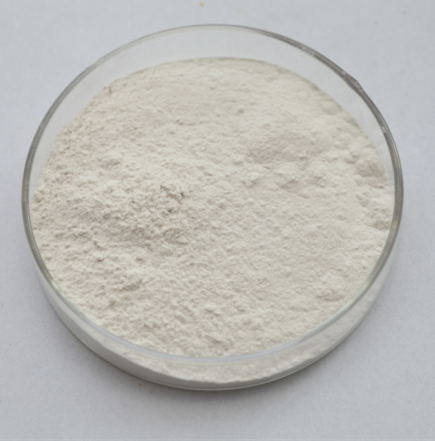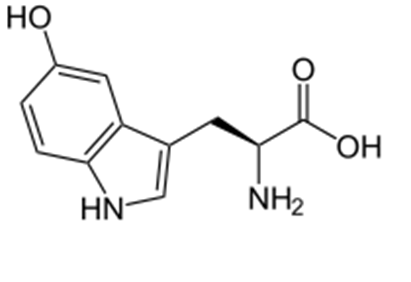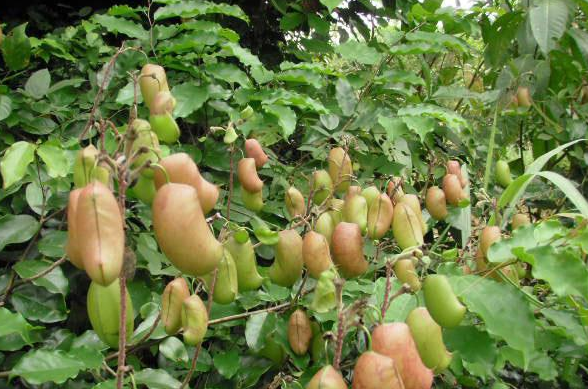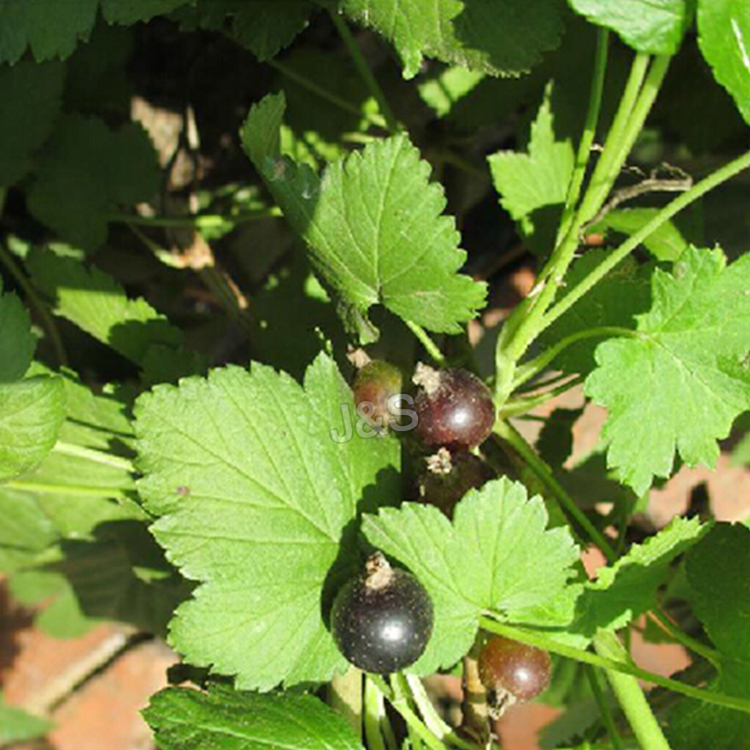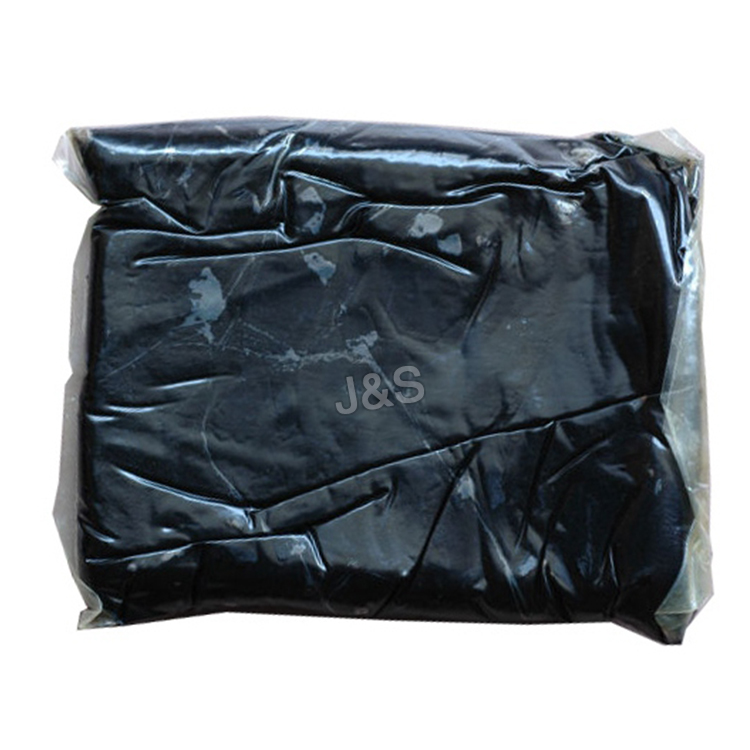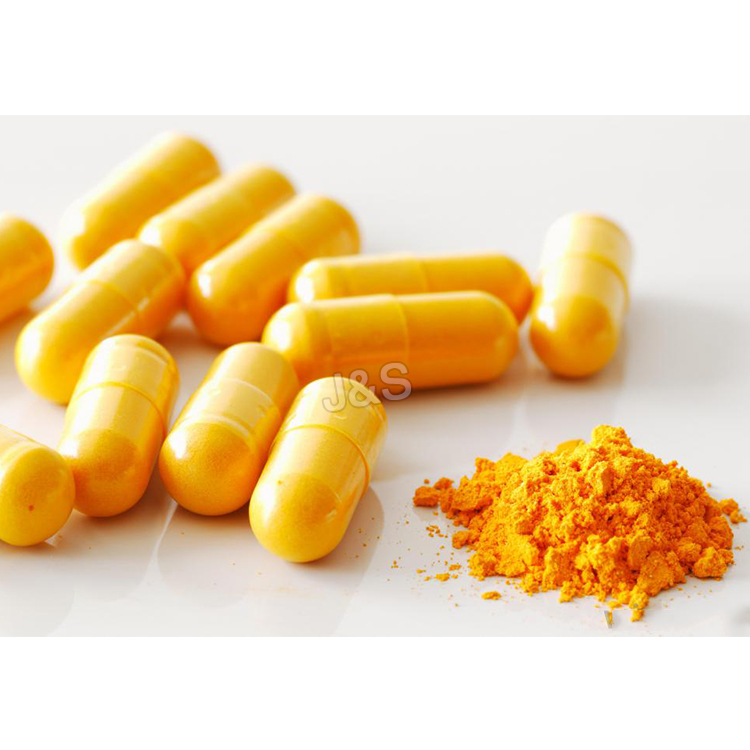Quality Inspection for 5-HTP Wholesale to Zambia
Quality Inspection for 5-HTP Wholesale to Zambia Detail:
[Latin Name] Griffonia simplicifolia
[Plant Source] Griffonia Seed
[Specifications] 98%; 99% HPLC
[Appearance] White fine powder
Plant Part Used: Seed
[Particle size] 80 Mesh
[Loss on drying] ≤5.0%
[Heavy Metal] ≤10PPM
[Pesticide residue] EC396-2005, USP 34, EP 8.0, FDA
[Storage] Store in cool & dry area, keep away from the direct light and heat.
[Shelf life] 24 Months
[Package] Packed in paper-drums and two plastic-bags inside.
[Net weight] 25kgs/drum
[What is 5-HTP]
5-HTP (5-Hydroxytryptophan) is a chemical by-product of the protein building block L-tryptophan. It is also produced commercially from the seeds of an African plant known as Griffonia simplicifolia 5-HTP is used for sleep disorders such as insomnia, depression, anxiety, migraine and tension-type headaches, fibromyalgia, obesity, premenstrual syndrome (PMS), premenstrual dysphoric disorder (PMDD), attention deficit-hyperactivity disorder (ADHD), seizure disorder, and Parkinson’s disease.
[How does it work?]
5-HTP works in the brain and central nervous system by increasing the production of the chemical serotonin. Serotonin can affect sleep, appetite, temperature, sexual behavior, and pain sensation. Since 5-HTP increases the synthesis of serotonin, it is used for several diseases where serotonin is believed to play an important role including depression, insomnia, obesity, and many other conditions.
[Function]
Depression. Some clinical research shows that taking 5-HTP by mouth improve symptoms of depression in some people. Some clinical research shows that taking 5-HTP by mouth might be as beneficial as certain prescription antidepressant drugs for improving depression symptoms. In most studies, 150-800 mg daily of 5-HTP was taken. In some cases, higher doses have been used.
Down syndrome. Some research shows that giving 5-HTP to infants with Down syndrome might improve muscle and activity. Other research shows that it does not improve muscle or development when taken from infancy until 3-4 years of age. Research also shows that taking 5-HTP along with conventional prescription drugs does improve development, social skills, or language skills.
Anxiety 5-HTP was found to be protective against carbon dioxide-induced panic attacks. One study compared 5-HTP and the prescription medication clomipramine for anxiety. Clomipramine is a tricyclic antidepressant used for treating obsessive-compulsive disorder. 5-HTP was found to be somewhat effective in reducing anxiety symptoms, but not as effective as clomipramine.
Sleep 5-HTP supplements fared a little better for insomnia.5-HTP decreased the time required to get to sleep and decreased the number of nighttime awakenings. Taking 5-HTP along with GABA (gamma-aminobutyric acid), a relaxing neurotransmitter, reduced the time it took to fall asleep and increased the duration and quality of sleep. One study found that children with night terrors benefited from 5-HTP.
Product detail pictures:
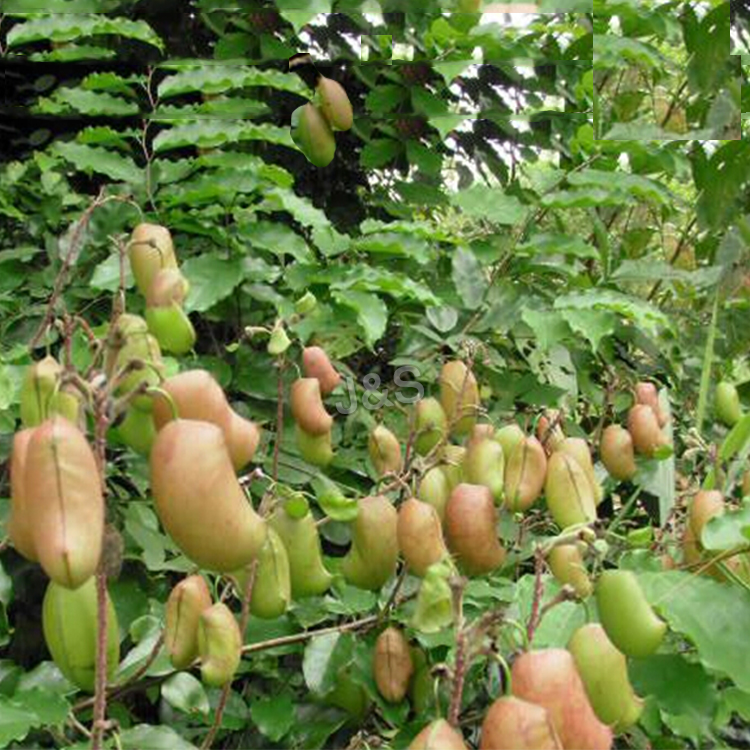
Related Product Guide:
In the past few years, our company absorbed and digested advanced technologies both at home and abroad. Meanwhile, our company staffs a team of experts devoted to the development of Quality Inspection for 5-HTP Wholesale to Zambia , The product will supply to all over the world, such as: Pakistan, Bolivia, Bahrain, Our company upholds the spirit of "innovation, harmony, team work and sharing, trails, pragmatic progress". Give us a chance and we will prove our capability. With your kind help, we believe that we can create a bright future with you together.
Fayed, A.E.
Detection of Domiati cheese adultration with palm oil.
Identification of palm oil in some fatty products.
Influence of insecticide residues on growth and activity of Streptococcus diacetilactis and Leuconostoc cremoris.
Presistence of Fenvalerate pyrethroid in milk in relation to lactic acid bacteria.
Susceptibility of some lactic acid bacteria to different insecticides.
Ultrafiltration of reconstituted skimmilk powder in relation to the rennet ability and casein fractions.
Application of ultrafiltration technique for production of low calorie recombined butter rich in protein.
Ultrafiltration whey protein concentrate as a substitute for egg white in pie topping meringue.
Production of aromatic recombined butter by using different milk solids not fat ingredients.
Distribution of some insecticides in milk fat globule materials.
Keeping quality of market butter oil in comparison with samna.
Ultrafiltration whey concentrate as protein fortifier in macaroni manufacture from wheat flour.
Fiber fortification of ice milk by means of cooked wheat.
Enhancement of milk fat quality by conversion into recombined butter in relation to some properties of skimmilk powder used.
Incidence of some environmental pollutants in milk and its products at great Cairo markets.
Substitution of non fat milk solids in ice cream with ultrafiltration whey protein concentrate.
Milk preparedness for bacterial growing in relation to environmental contaminants.
Quality evaluation of imported skimmilk prowder.
Effect of milk fat quality on the properties of recombined butter.
Utilization of some food industry wastes prepared as milk fat antioxidants.
Effect of microwave treatment on bacteriological and keeping quality of buffaloes milk.
Monitoring some contaminants during the manufacture of some conventional dairy products.
Ultrafiltration membrance permeability of some milk contaminants.
Physical and organoleptic properties of yoghurt made from standardized buffalo’s milk fortified with total milk proteinate.
Production and characterization of bacterial coagulants as calf rennet replacer for Egyptian cheesemaking.
The profile of market Domiati cheese with emphasis on biogenic amines occurrence.
Production of bacteriocin using ultrafiltrated milk permeate.
The use of ultrafiltration technique for recovery of nisin-like bacteriocin.
Comparative supplementation of ice cream mixes by ultrafiltrated skimmilk retentate or whey proteins concentrate.
Production of low calorie ice cream.
Comparative acylation methods of ultrafiltrated whey proteins concentrate with emphasis on the functional properties.
Effect of using alternative combination of glucono delta lactone with lactic starter culture on the properties of UF-white soft cheese during cold storage.
Brevibacterium linens as an adjunct starter culture in low fat Ras cheese.
Influence of some preservatives on cast UF-white soft cheese properties during cold storage.
Antifungal efficiency of a starter culture containing Lactobacillus reutrei during Ras cheese ripening.
Influence of formaldehyde and hydrogen peroxide as preservatives on the properties of buffalo’s milk proteins.
Comparative evaluation between Selandid and Maltodextrin as fat mimetic in low fat Ras cheesemaking.
Production of probiotic low calorie sour cream.
Production of light calorie whipped cream using mimetic fats and stevioside.
Effect of Transglutaminase on the quality of yoghurt made with different milk protein sources.
Biological evaluation of cow’s milk yoghurt fortified with different source of milk proteins.
Antifungal efficiency of a starter culture containing some Lactobacillus species during Ras cheese ripening.
Utilization of ultrafiltrated whey protein concentrate in the manufacture of reduced fat processed cheese spread.
Biological Attributes of bio-yoghurt versus the conventional one fed in spray dried form.
Effect of cow’s milk treatment with transglutaminase on the composition and quality of yoghurt with particular reference to its biological value.
Performance of transglutaminase as body stabilizer in Tallaga cheese made from ultrafiltrated cow’s milk retentate.
Utilization of mushroom powder for substituting dried skimmilk in the manufacture of processed cheese spread.
Glycoprotein fortification of bioyoghurt.
Improvement of yoghurt efficiency as functional food by glycoprotein fortification.
Application of ultrafiltration technique in the manufacture of reduced-calorie frozen bioyoghurt in synbiotic form.
Healthy multifunctional spectra of milk glycoproteins and their fragments.
Production of carbonated stirred yoghurt fortified with some physiological active ingredients.
Physiologically Active Ingredients as Yoghurt Fortifiers.
Rheological, microstructural and biological characteristics of probiotic ultrafiltrated skimmed milk cheese in comparison with the conventional Kariesh cheese.
Economics scale for processing of white soft cheese in Egypt.
Iodine and Starch Experiment | Iodine Experiment | Starch Experiment | Science experiments for kids
Simple and easy experiment to demonstrate the iodine with starch reaction!
For this test you will need:
• Two test tubes
• Soluble starch powder
• Iodine solution
• Water
• Dropper
Procedure:
• Put some starch powder into a test tube and fill the test tube with water.
• Mix the starch in the test tube well until the starch dissolves in the water.
• Fill the other test tube with normal water.
• Place both the test tubes in a test tube stand.
• Using a dropper take iodine solution.
• Put some drops in each test tube.
• Observe that the test tube with starch solution turns to purple black color.
• The other test tube with normal water retains the color of iodine i.e orange or yellow.
Explanation:
Starch is a mixture of amylose and amylopectin, which are different forms of glucose/starch.
Amylose in starch is responsible for the formation of a deep blue black color.
Amylase is long polymer chains of glucose units connected by an alpha acetal linkage and looks much like a coiled spring.
However iodine is a potassium iodide reagent and it is not very soluble in water.
So, iodine is prepared by dissolving it in water in an aqueous solution of potassium iodide. This results in a linear tri-iodide ion (I3−) complex in iodine which is soluble.
This tri-iodide ion (I3−) slips into the coil of the starch causing an intense or deep blue-black color.
After the signing of the contract, we received satisfactory goods in a short term, this is a commendable manufacturer.
